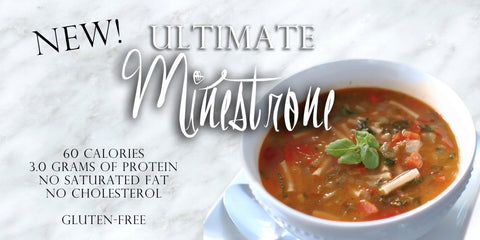The Culinary Institute of America wants to 'flip' the role of protein in restaurants.
Written by Willy Blackmore for TakePart.com
“Right now, chefs have a tendency to use the term protein to be synonymous with meat,” said Sophie Egan, the program director for Menus of Change, CIA’s partnership with the Department of Nutrition at the Harvard T. H. Chan School of Public Health. “And that’s something in the very wording that needs to change.” Egan and her colleagues are working to redefine chefs’ terminology in The Protein Flip, a graphics-heavy white paper published last week. Instead of diverting plants and grains into the production of meat, The Protein Flip calls on chefs to feed the plants directly to diners, “with much smaller amounts of accompanying animal protein.”
Meat has long stood at the center of the American plate, especially in restaurants, where—despite some of the great vegetable-centric cooking that's in vogue—vegetarian or vegan items often feel like more of an afterthought. But there is more to cooking with vegetables than a meatless pasta dish, veggie burger, or pile of mixed grilled vegetables, and the CIA wants chefs to explore the terrain. Americans eat three times as much meat as the global average, and more than half of that is red meat. As a recent report from the World Resources Institute highlighted, Americans eat far more protein than is nutritionally necessary.
Instead of asking people to not eat meat, The Protein Flip suggests eating less and different kinds of animal protein and increasing the amount of plant-based proteins included in meals. Instead of a portion of meat occupying the center of the plate with some vegetables on the side, the idea is to flip the balance, with plants making up more of a dish and meat moving into a condiment-like role. Why not serve two ounces of meat in a dish instead of eight or more? Animal-based protein sources (including eggs and dairy) account for 85 percent of the protein Americans consume (20 percent of that is chicken), with legumes, for example, coming in at just 1.3 percent of the total.
There’s a public health angle here too. As the white paper explains, high levels of meat consumption can lead to diet-related disease and drives the use of antibiotics in livestock. Conversely, minimally processed plant-based proteins are, according to the paper, “associated with a lower risk of chronic disease and mortality,” in addition to requiring fewer resources.




